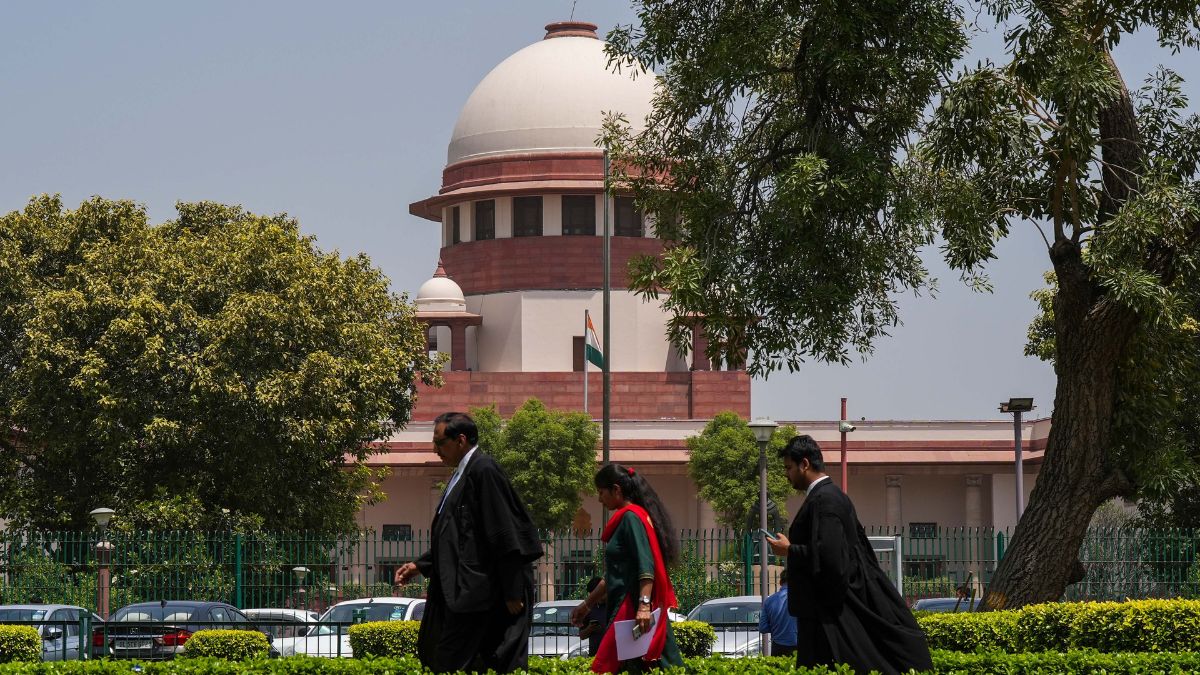As the Indian judiciary faces questions over lack of transparency, the Supreme Court has taken a step towards ensuring greater accountability. Judges of the apex court have unanimously decided to make their asset declarations public.
The judges reportedly came to the agreement at a full court meeting held on April 1. This comes in the wake of the alleged discovery of illicit cash at the official residence of Justice Yashwant Varma in Delhi last month.
Let’s take a closer look.
SC judges to declare assets publicly
All 33 judges of the Supreme Court have agreed to disclose their assets to the public by publishing the details on the apex court’s website.
The resolution will apply to both current and future judges, reported Hindustan Times (HT).
As per the existing rules, it is upon the judges of the Supreme Court to declare their assets to the public but is not mandatory.
The new resolution comes amid the latest controversy surrounding the judiciary. In mid-March, a fire at the house of Justice Yashwant Varma , the then-sitting judge of the Delhi High Court, allegedly led to the discovery of a pile of cash. He is facing an in-house probe and has been transferred from Delhi to the Allahabad High Court.
Debate over disclosure of judges’ assets
The debate over judges declaring their assets publicly has been going on for decades. In 1997, the Supreme Court adopted a resolution making it mandatory for judges of the apex court to disclose their assets and liabilities to the Chief Justice of India (CJI).
“Every judge should make a declaration of all assets in the form of real estate or investment held in their names, in the name of their spouses or any other person dependent on them, to the Chief Justice,” the resolution read.
The judges of the High Courts are required to submit details of their wealth to the chief justices of their respective courts. As per Indian Express, of the total 770 judges in all the High Courts, less than 13 per cent have publicly declared their assets and liabilities.
The judges have to make these declarations upon assuming office and “whenever any acquisition of a substantial nature is made”. However, these asset disclosures were not mandated to be public.
Amid intense pressure from the public and within the judiciary, a full court of the top court in 2009 agreed to publicly declare the assets and liabilities of judges, which was to be published on the court website.
Later, the Supreme Court clarified that while the judges were encouraged to divulge the details of their fortune, it was done on a “purely on a voluntary basis”.
Currently, the apex court’s website lists the names of 30 of the 33 judges who have submitted their asset declarations.
Unlike judges, it is often mandatory for other public servants to declare their assets.
The Right to Information (RTI) Act has further sparked debates about judicial transparency. Section 8(1)(j) of the RTI Act bars the disclosure of personal information unless it justifies larger public interest and has been used to shield the details of judicial assets from the public.
This has drawn criticism from various quarters. In 2019, the apex court observed that judges’ personal assets and liabilities are not “personal information”. However, it affirmed that the details of judicial wealth could remain confidential unless its disclosure is warranted by public interest.
A major legal battle on the issue came in 2009 when RTI activist Subhash Chandra Agarwal filed an RTI application, seeking disclosure of Supreme Court judges’ asset declarations.
As per HT, in its 2023 report on judicial accountability, the Parliamentary Standing Committee on Law and Justice backed the mandatory disclosure of judges’ assets. However, the issue remained in the cold storage.
Last November, the Central government told the Rajya Sabha there was no plan to make asset declarations mandatory for judges of the Supreme Court and High Courts.
Now, the Supreme Court’s latest decision will bring greater transparency in the Indian judiciary.
With inputs from agencies


)

)
)
)
)
)
)
)
)



